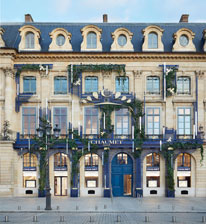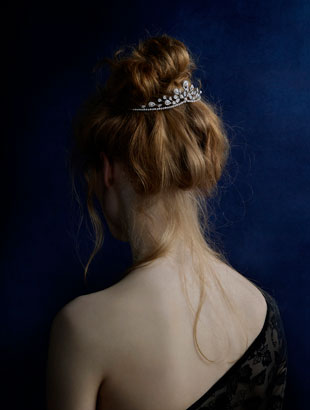You will receive your order within 3 to 5 working days.
Our customer service is available on +33 (0)1 44 77 26 26
We accept the following payment methods: Visa, Mastercard, American Express, Union Pay, PayPal, Apple Pay
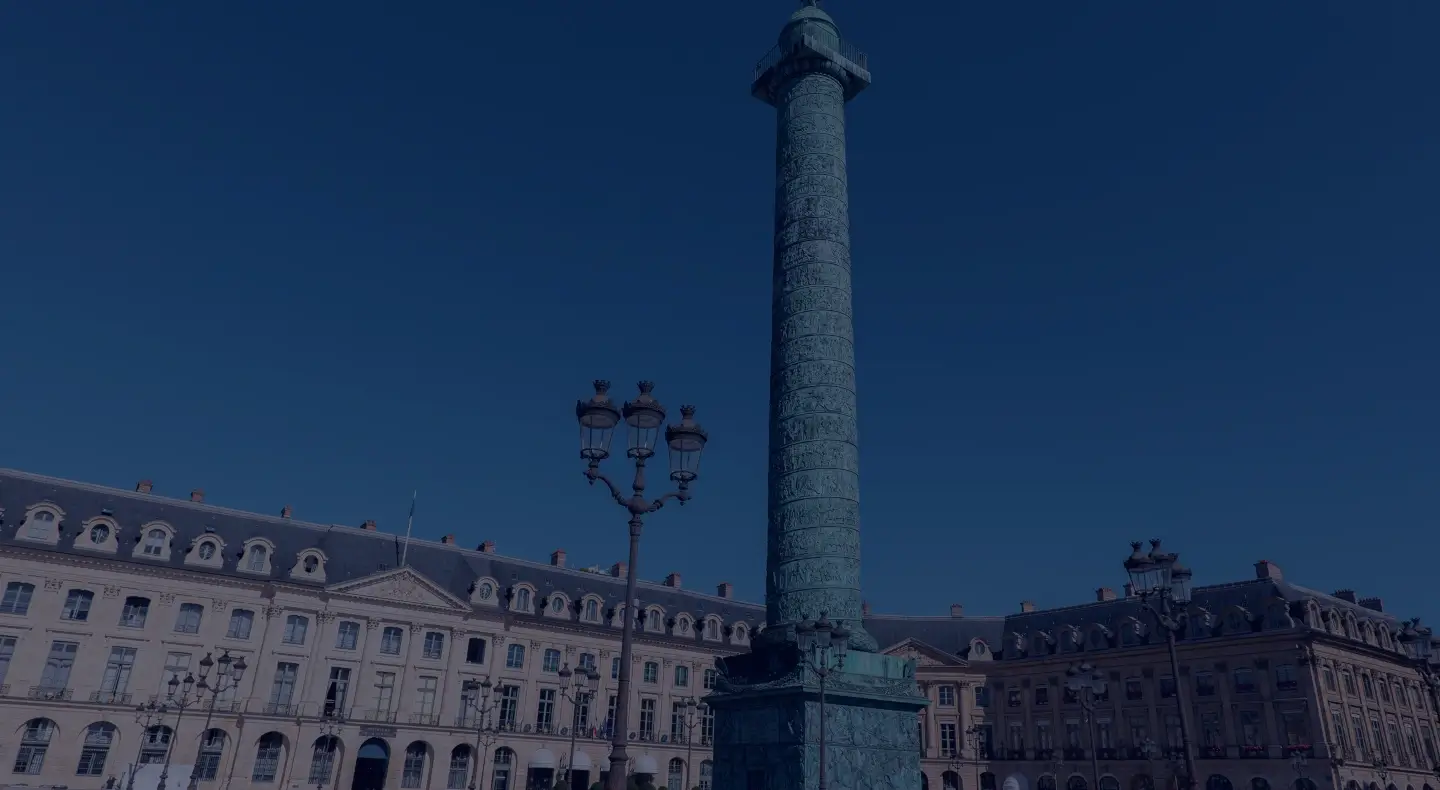
Chaumet’s story told through 12 key dates, a lucky number which pays tribute to its iconic address of 12 Vendôme, the Maison’s historic setting.
Parisian jeweller, Chaumet has been crafting tiaras, high jewellery items and exceptional timepieces since 1780 and for 240 years, has embodied a style and elegance which have accompanied every era.
Scroll
to discover the 12 dates.
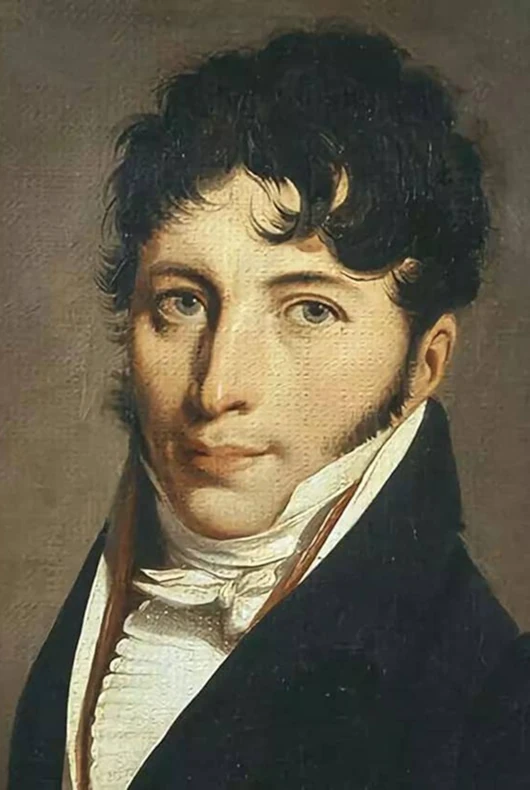
For five centuries, Paris has been renowned for the quality and creativity of its artisan jewellers. It was in this tradition in the late 18th century that Marie-Étienne Nitot, made his mark.
Firstly an apprentice, then an employee of Ange-Joseph Aubert, jeweller to Marie-Antoinette, he founded his own Maison that would later take the name of Chaumet.
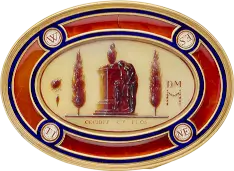
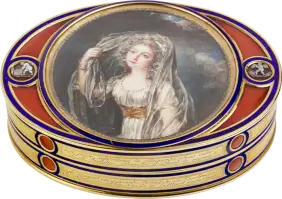
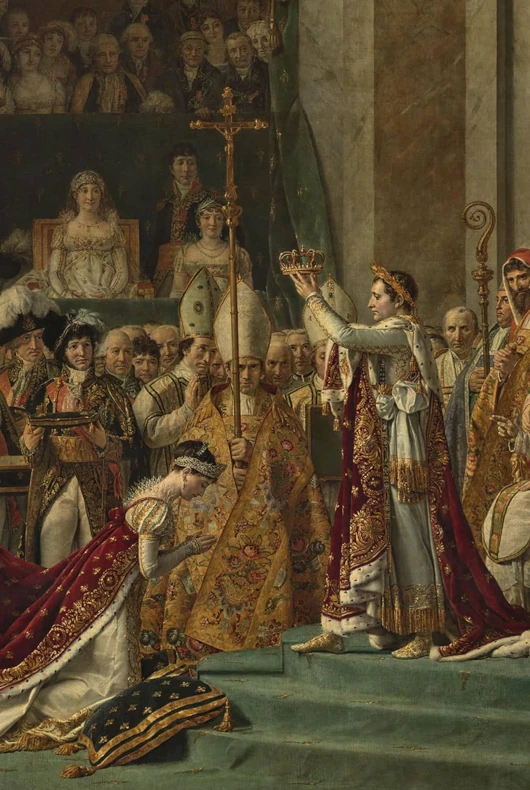
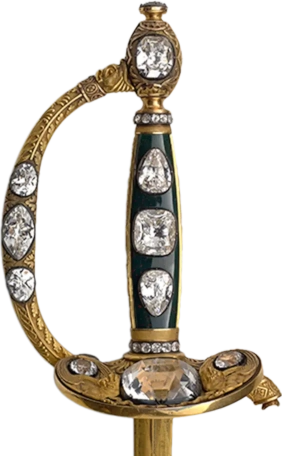
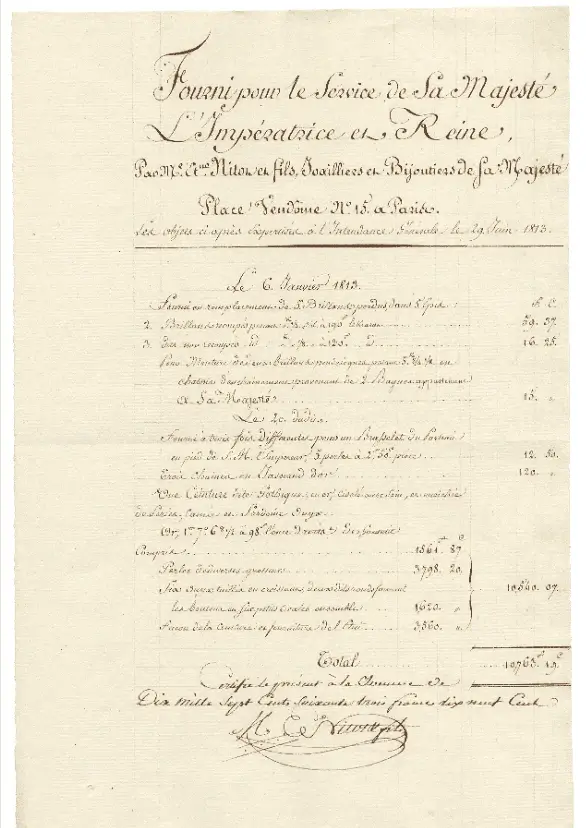
Napoleon's taste for jewellery was predominantly political. He wanted to make France the centre for luxury and fashion design once again.
After completing the commission for Napoleon's coronation sword and the papal tiara for Pope Pius VII, Marie-Étienne Nitot became the jeweller to the Imperial court and personal jeweller to the Empress Joséphine. He also become the most sought-after jeweller in the whole of Europe.
In 1812, he was succeeded by his son, François-Regnault who moved the workshops. The Maison then became the first business to move into the Place Vendôme, at number 15, which is now the Ritz Paris.
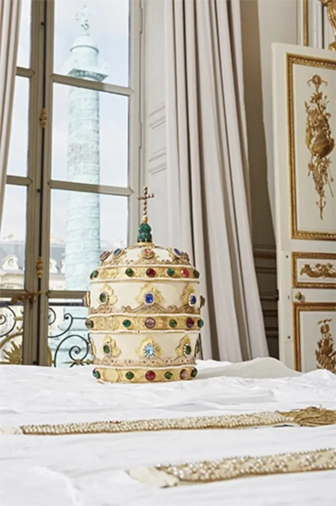
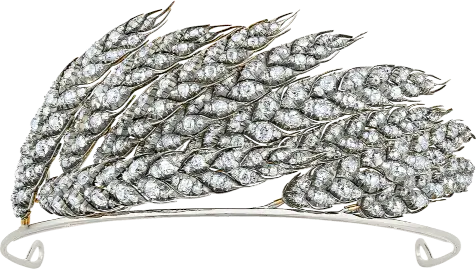
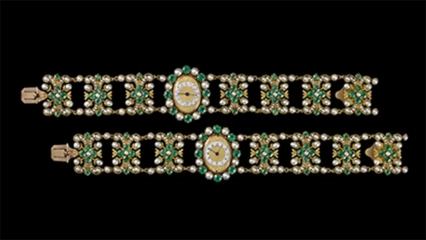
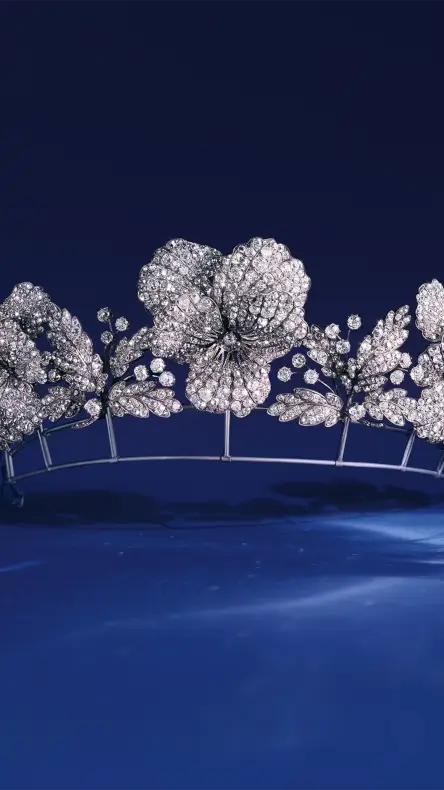
Following the fall of the Empire, Nitot's successors, Jean-Baptiste and Jules Fossin then Valentin and Prosper Morel, dedicated themselves to romantic jewellery, renewing and increasing their sources of inspiration.
The eclectic romantic period was inspired by various stylistic influences drawn from the past, but was predominantly marked by its praise of nature, depicted as realistically as possible.
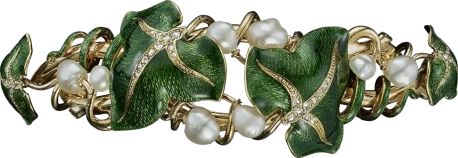
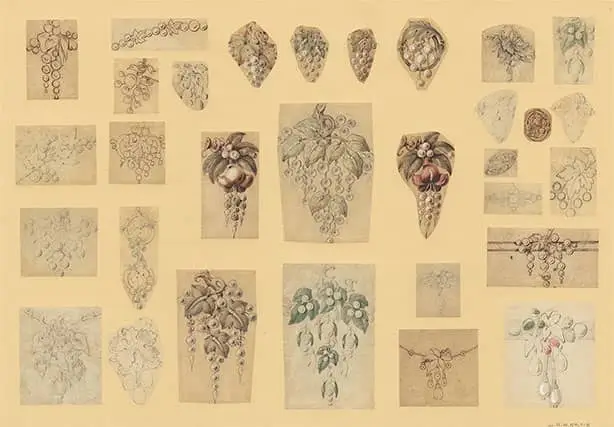
The restored monarchy of the Bourbons reinstated customers’ desire for ostentation. Paris its resumed its glamorous life and revived its international reputation as the capital of luxury and fashion. This atmosphere was particularly conducive to designing jewels to be worn during the day or in the evening with sumptuous ball gowns.
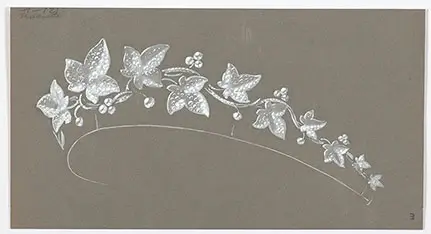
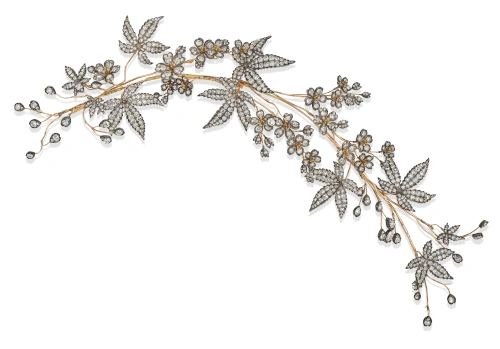
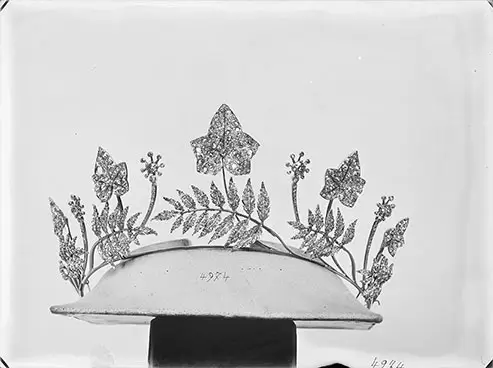
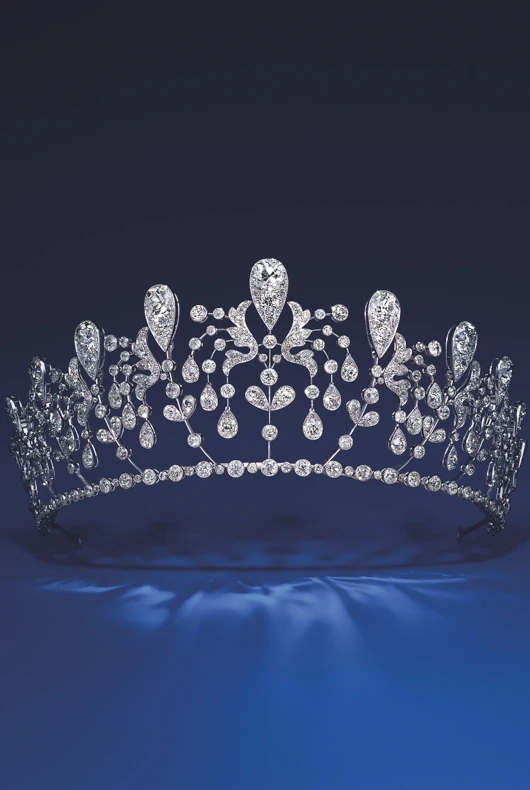
Joseph Chaumet, who gave the Maison his name, was its Director from 1885 to 1928. A visionary and undisputed master of the Belle Époque, he was inspired by the re-enchantment of nature. Through his creativity, aigrettes and tiaras, as social symbols and fashion accessories, became a Chaumet speciality.
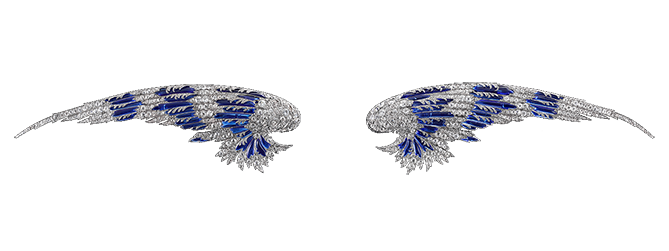
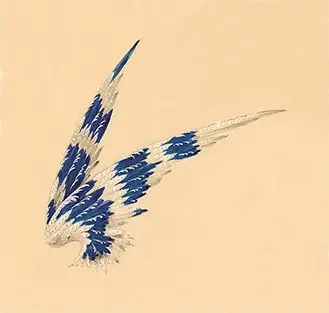
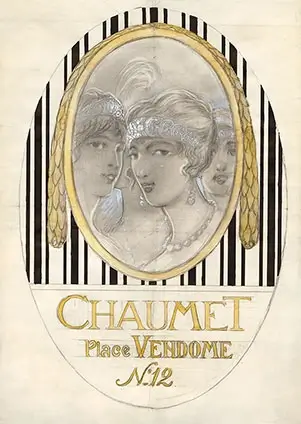
In 1907, the Maison moved to 12, Place Vendôme, turning the Hotel Baudard de Sainte-James into Chaumet’s iconic address.
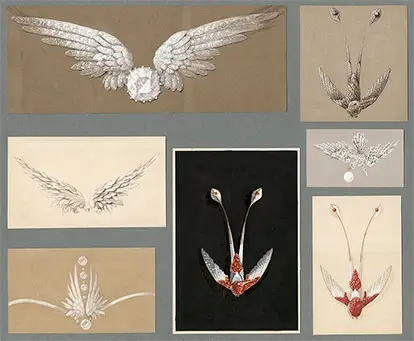
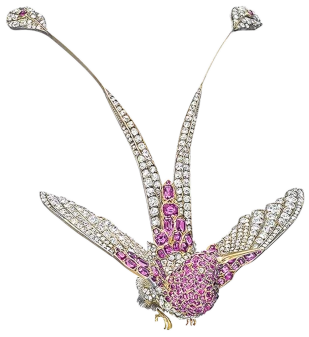
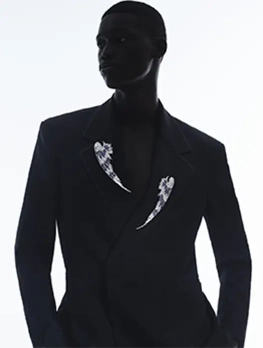
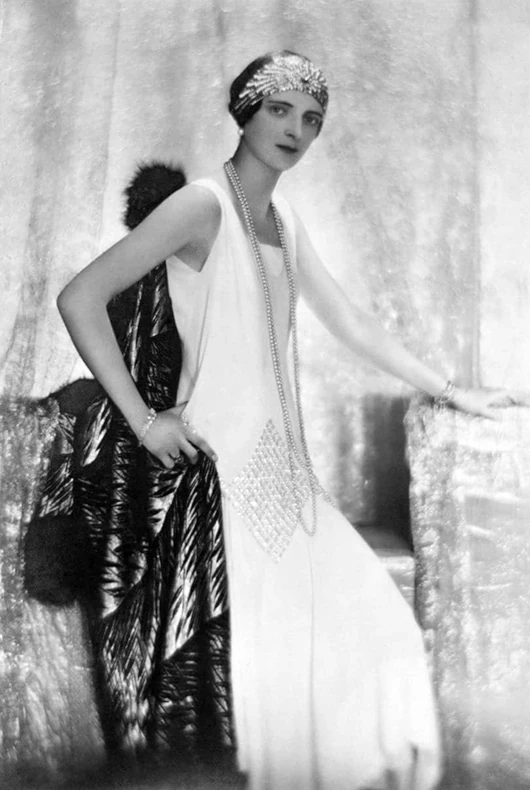
With developing transport links, Chaumet’s customers became more diverse.
Indian princes, including the Maharajahs of Baroda and Indore, developed a taste for European pleasures and placed lavish commissions. As avid jewellery collectors, they would bring their stones to Place Vendôme to have them set into light, flexible platinum settings.
The finest stones were often reserved for men, as was the case with the pair of pear diamonds that Chaumet supplied to the Maharajah of Indore in 1911.
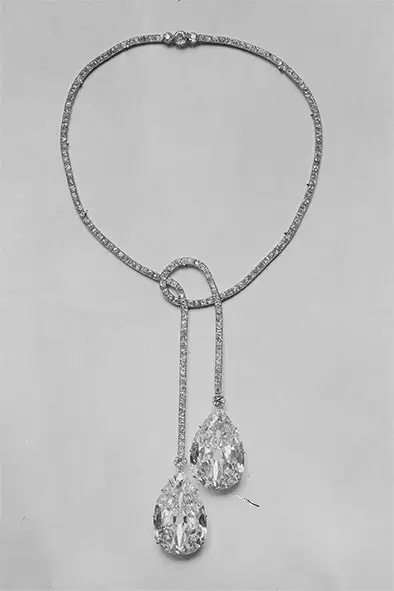
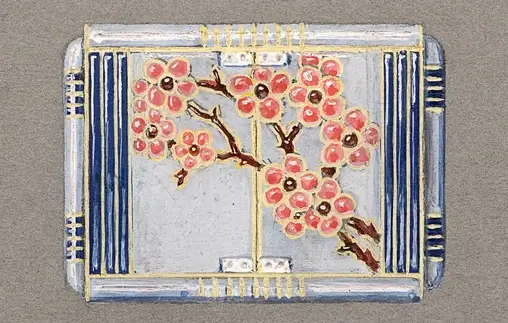
A resolutely, outward-looking Maison, different cultures were an inexhaustible source of inspiration for Chaumet and India, China, Japan, Russia and others were celebrated through a variety of creations.

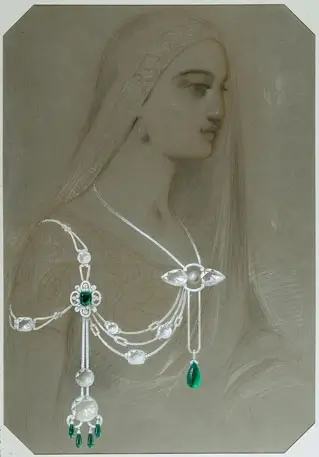
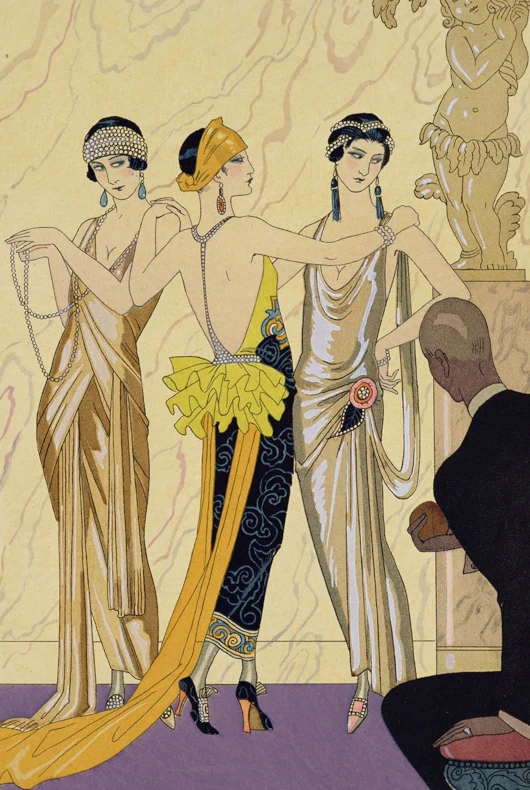
From cubism to futurism, the inter-war years were filled with the artistic avantgarde.
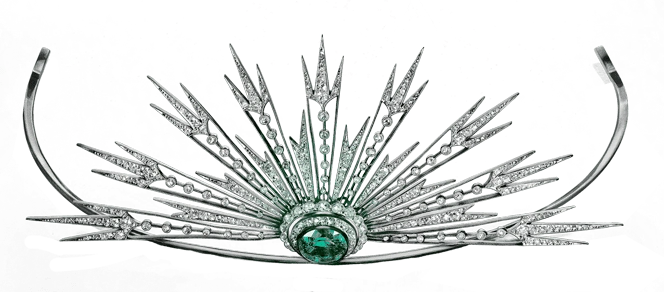
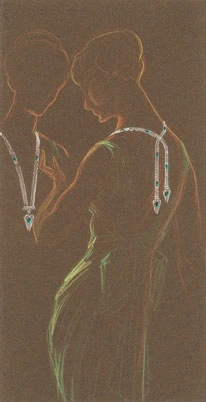
The Maison adapted to the boyish look favoured by the women of the time, interpreting the trend into geometric shapes.
The appearance of platinum allowed the creations to be taller, lighter and more flexible.
The jewellery of the Roaring Twenties was characterised by strong contrasts in colours and materials, the use of semi-precious stones, black and white, as well as exotic inspirations. This was the fashion of long necklaces and graphic headbands, the favourite accessories of the "flappers".
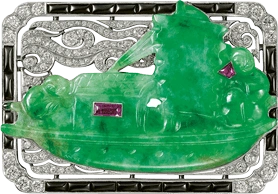


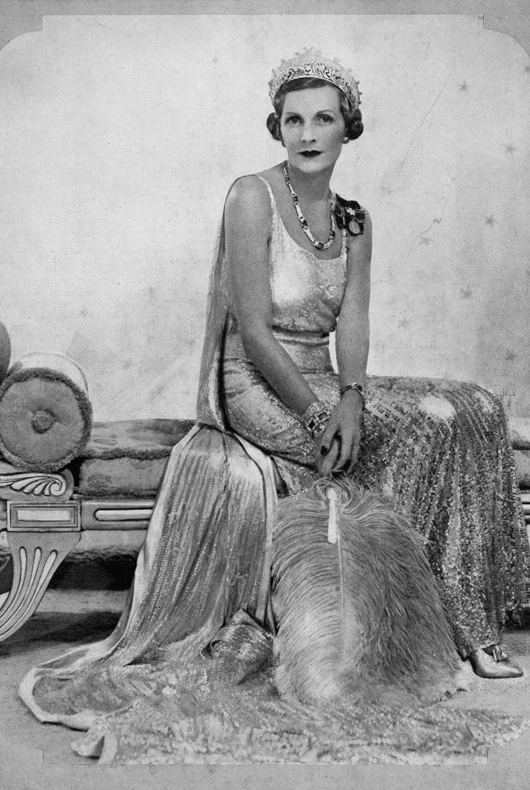
During the 1930s, Chaumet continued its style while giving it a certain modernity that echoed fine Parisian taste, ever in search of novelty and the avant-garde.

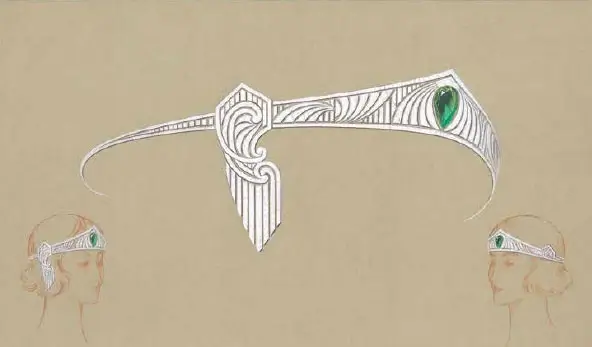
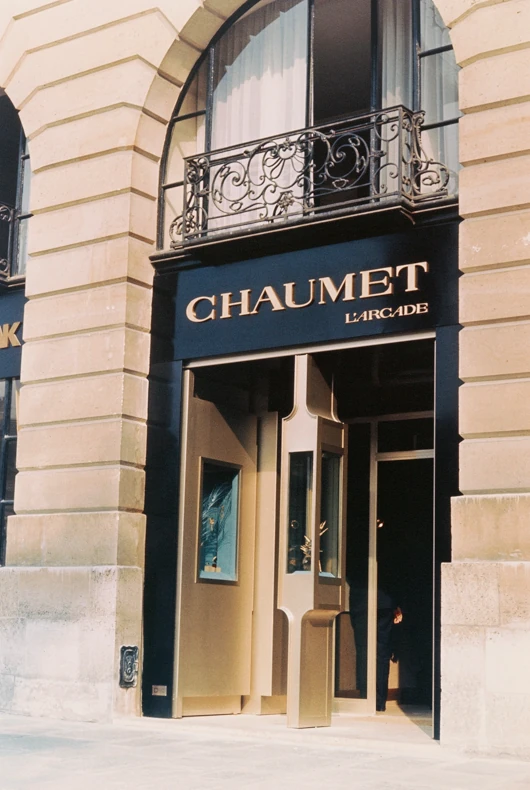
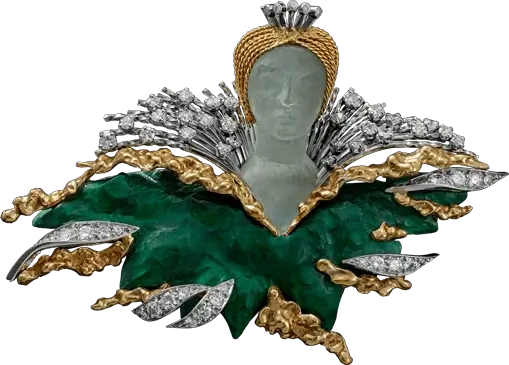
Maison Chaumet entered a new phase of artistic proposals. It used the advent of its collections to increase the variety of its styles and appeal to a much broader clientèle. It also diversified its business by creating a dedicated watchmaking department.
The Maison’s great designers and jewellers such as Pierre Sterlé and René Morin perpetuated the Chaumet style, while bringing a new modernity. In 1970, Chaumet rewrote the codes of jewellery and launched the Arcade, a new store concept.
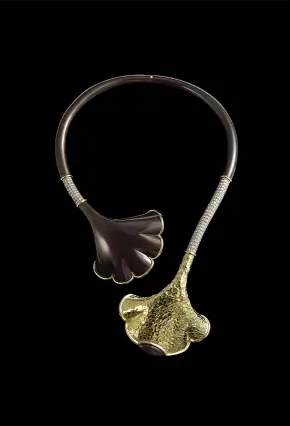
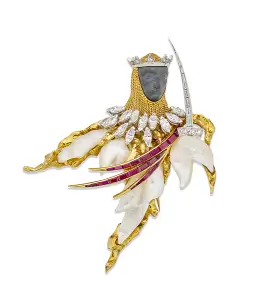
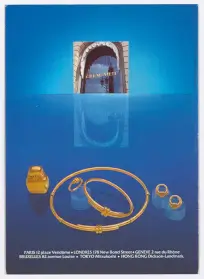
In 1977, Chaumet unveiled a new signature collection: Liens, which celebrates attachments and bonds in all their forms.
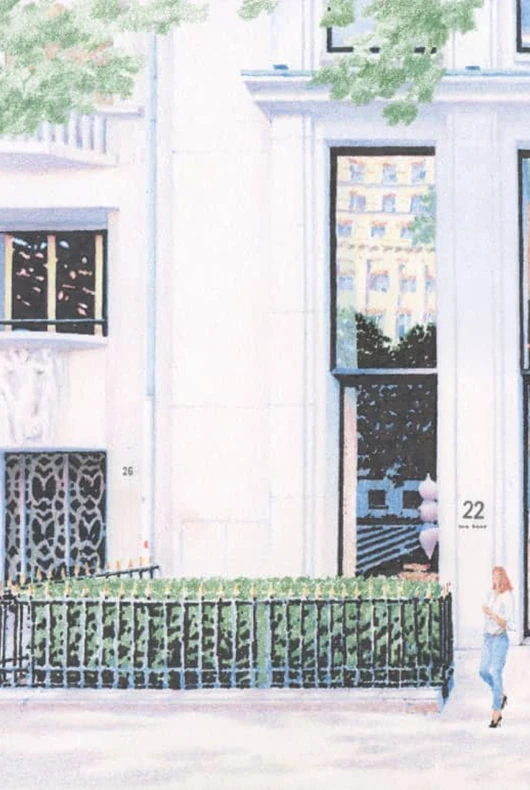
After belonging to the Investcorp investment group, the Maison was purchased by the LVMH Group.
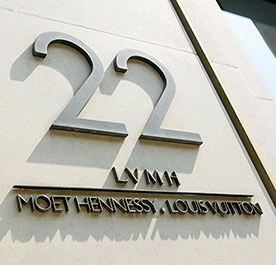
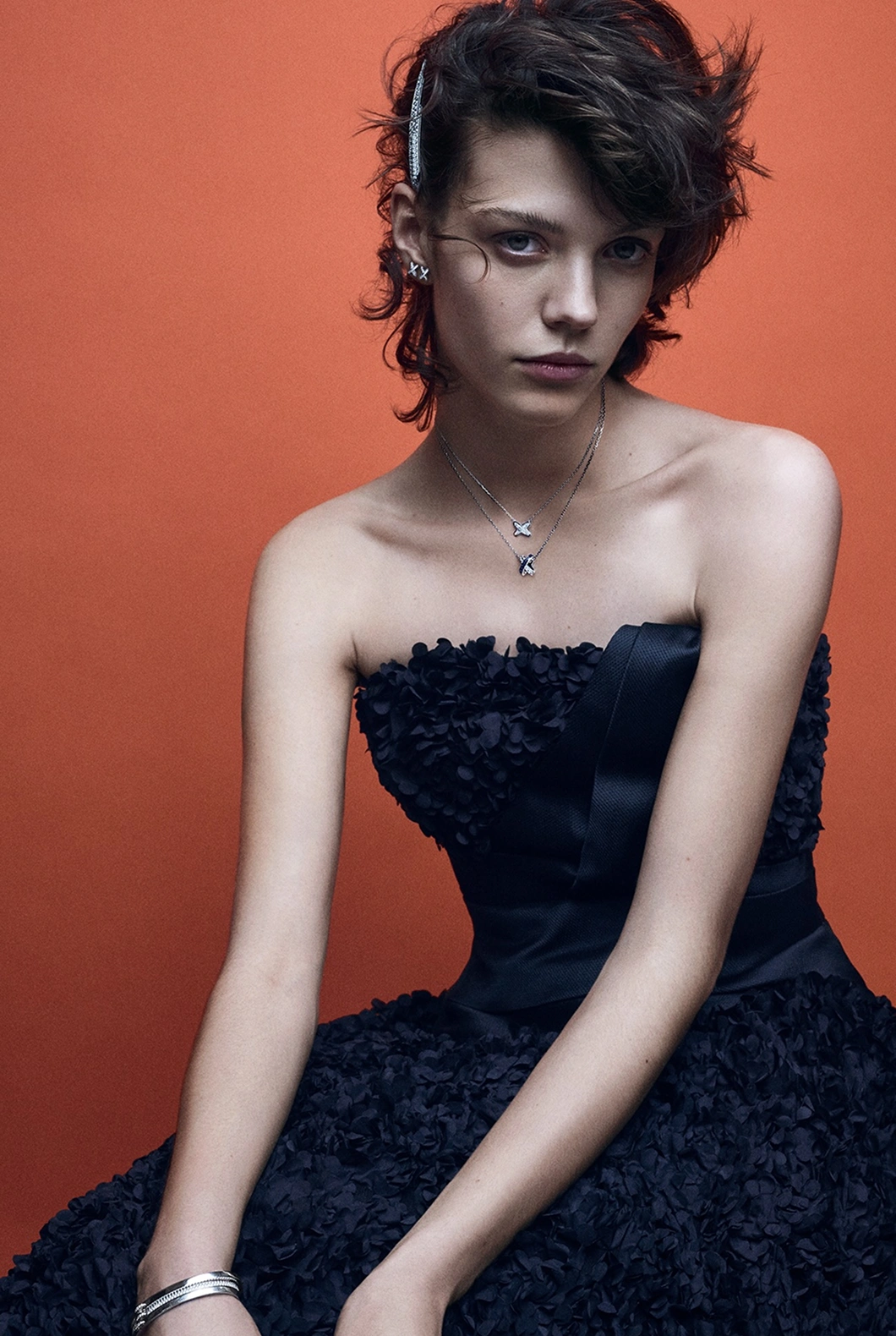
In the wake of the iconic Liens collection, created in 1977, which celebrates the bond between two people, Chaumet created two new signature collections.
In 2010, Chaumet’s Joséphine collection pays tribute to the Empress Joséphine, the Maison's first major client and inspiration. Aesthetically, it was inspired by the tiara, a Chaumet speciality, and its creations crowned the femininity of those who wore them.

In 2011, the Bee de Chaumet collection was produced, reflecting the theme of nature dear to Chaumet and Joséphine’s love of all things botanical. The bee and honeycomb motifs were revisited and crafted a wonderful, highly symbolic garden.
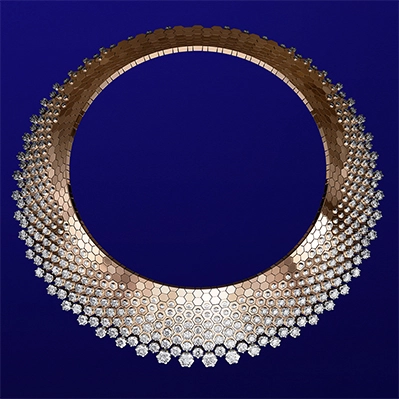
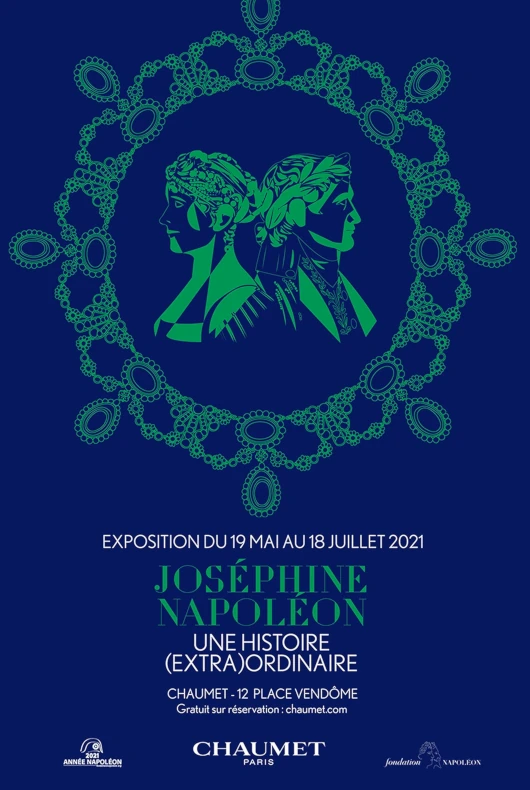
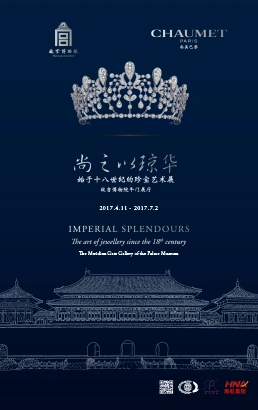
Chaumet exhibits worldwide, in exceptional settings such as the Forbidden City in Beijing in 2017, Tokyo's Mitsubishi Ichigokan museum in 2018 and even Monaco’s Grimaldi Forum in 2019. Focusing on the Maison’s various flagship themes, each exhibition presented over 300 pieces of jewellery and artworks reflecting Chaumet’s heritage, on loan from major museums and private collectors.
Illustrating this craft of jewellery specific to Chaumet, these exhibition events explore the Maison’s centuries-old heritage, its history, its creations of yesterday and today, drawing the outlines of a style, in a constant dialogue with main artistic trends.
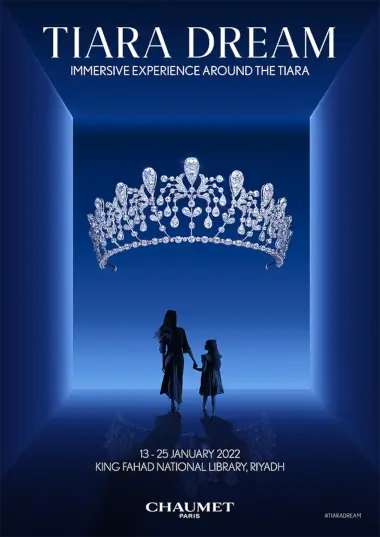
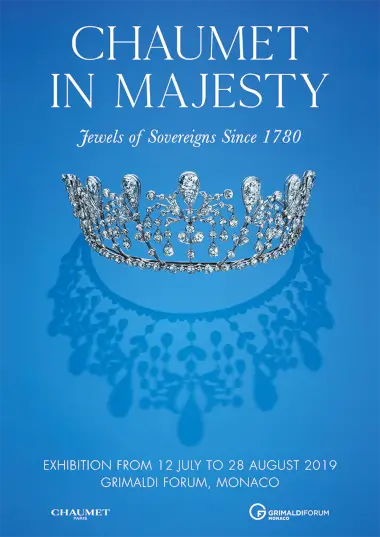

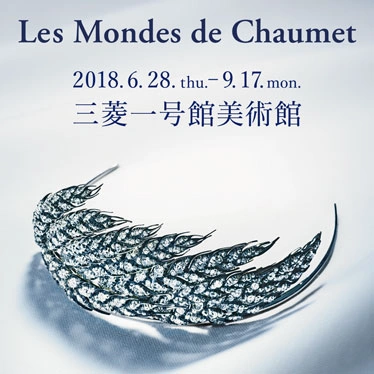
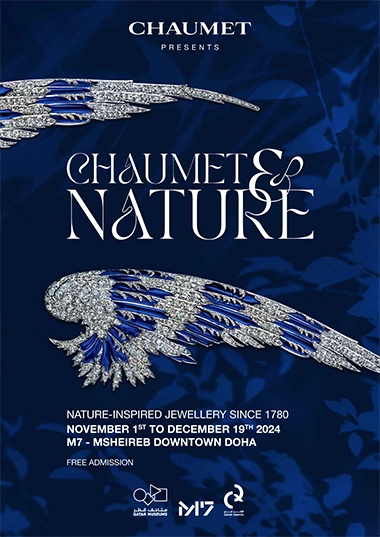
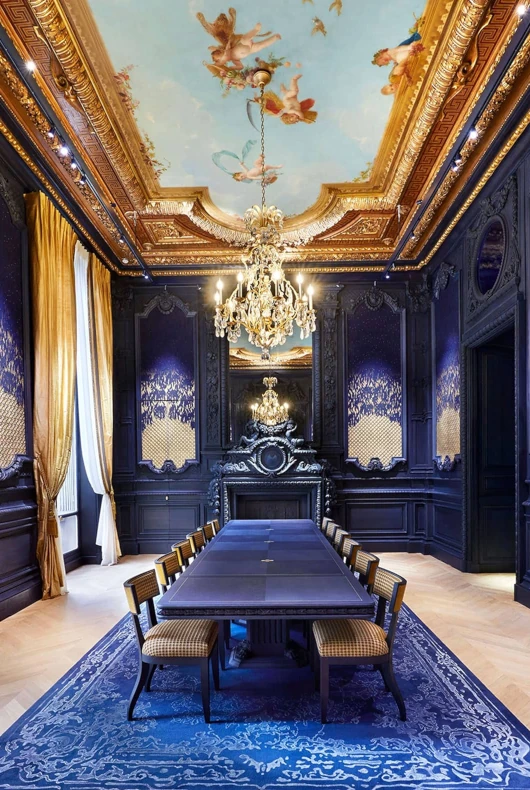
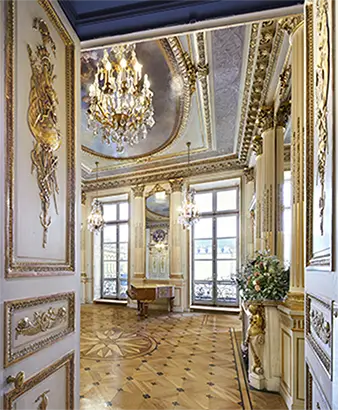
Maison Chaumet is celebrating its 240th anniversary in style, by unveiling the new décor at its historic address of 12 Vendôme, on the legendary Place Vendôme, where it was the first jeweller to be established in 1812.
Today the Hotel Baudard de Sainte-James houses a store with spaces that have been entirely redesigned, salons dedicated to culture where part of the Maison’s heritage is revealed, as well as the High Jewellery workshop. A triple purpose that was intended for this exceptional place from the beginning.
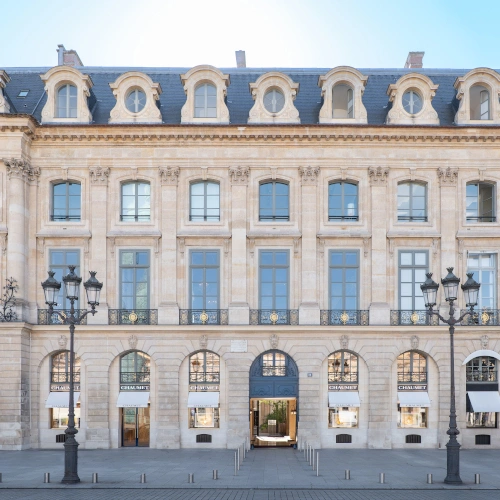

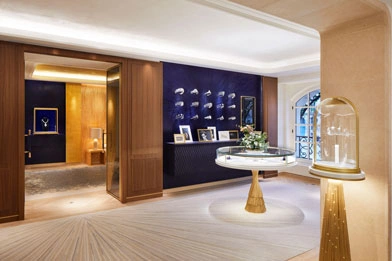
Dive into the Maison’s universe and discover our emblematic collections.
Changing your delivery area may affect the prices and availability of products in your shopping cart.
